Diaphram valves, more properly known as diaphragm valves, are inline devices that utilize a membrane to transect a pipe completely or partially in order to regulate the flow of liquid, gaseous or semi-solid process streams. While a number of different valves are widely available to perform this task, the use of an elastomeric diaphragm in these particular valves significantly reduces both cost and the risk of leaks. Read More…
At U.S. Plastic Corp., we provide high-quality diaphragm valves designed to deliver precision flow control and reliable performance in demanding applications. We offer a range of configurations to accommodate various pressure and temperature requirements, ensuring compatibility with diverse piping systems. With a commitment to quality and innovation, we help customers achieve efficient, leak-free ...

Since 1950, Century Instrument has been selling diaphragm valves as well as actuators. Our control parts and products allow for highly accurate control of temperature, pressure, or flow when handling of steam, water, air, oil, gas or other fluids. Our customers are our most important asset and as such our philosophy is to put the customer first and foremost in all considerations.

Offering a full line of flow control products, Plast-O-Matic Valves ensures high quality by testing each of our valve products individually before shipment. We offer plastic check valves, PVC check valves, relief valves, ball check valves and more. We are committed to engineering excellence.

More Diaphram Valve Manufacturers
Process Valves & Diaphragm Valves: Comprehensive Guide for Flow Control
Process valves are essential components in industrial automation, water treatment, chemical processing, pharmaceutical manufacturing, food and beverage production, and a wide range of other sectors where fluid control is critical. These versatile devices are engineered to start, stop, and regulate flow rates and pressures, as well as ensure proper flow directionality within piping systems. This guide delves into the working principles, applications, buying considerations, and benefits of process valves, with a focus on diaphragm valves and their unique advantages.
What Is a Process Valve?
A process valve is a mechanical device designed to control the movement and direction of liquids, gases, slurries, or particulates through pipelines. The primary function of process valves includes starting and stopping flow, throttling flow rates, isolating sections of piping, and preventing backflow or contamination. Common types of process valves include ball valves, globe valves, butterfly valves, gate valves, check valves, and diaphragm valves, each tailored for specific use cases and industry requirements.
Diaphragm Valves: Function and Operation
Among the various process valve types, diaphragm valves stand out for their simple yet robust operation and leak-proof performance. These valves utilize a flexible membrane or 'diaphragm' to regulate flow by forming a seal within the valve body. The actuating mechanism—manual, pneumatic, hydraulic, or electric—engages the diaphragm, which is stretched or pressed against a seat or raised bump to restrict or permit flow. The core design ensures minimal dead space, easy cleaning, and resistance to contamination, making diaphragm valves ideal for industries with stringent hygiene or chemical resistance requirements.
Understanding how a diaphragm valve works is vital for selecting the right solution for your process needs. The valve body, typically cylindrical or spherical, is attached to the process piping. Inside, a stem or rod is connected to the actuating device and positioned above the diaphragm. When actuated, the stem presses the diaphragm downward, stretching it across the flow path to create a tight seal or partially obstruct the passage as needed. Retracting the stem allows the diaphragm to return to its original shape, enabling unimpeded flow of fluids, gases, or particulates.
Diaphragm Valve Materials: Compatibility and Selection
The chemical composition of the process media, as well as the material construction of each diaphragm valve component, plays a critical role in ensuring durability, safety, and process integrity. Material compatibility prevents mechanical failure, malfunction, and contamination—key concerns in regulated industries. Common materials for diaphragm valves include:
- Polypropylene (PP)—excellent chemical resistance, cost-effective for water and mild chemicals
- Polyvinyl chloride (PVC) and chlorinated polyvinyl chloride (CPVC)—ideal for corrosive environments, easy to install
- Stainless steel—high strength, corrosion resistance, suitable for aggressive chemicals and sanitary applications
- Copper and brass—used in potable water and low-pressure systems
- Ethylene propylene diene monomer (EPDM)—flexible, resistant to a wide range of chemicals
- PTFE (Teflon)—exceptional chemical and temperature resistance for demanding processes
Choosing the right diaphragm valve material is critical for process safety and efficiency. If you’re unsure about material compatibility with your process fluids, consult with an experienced diaphragm valve manufacturer or distributor, who can recommend options based on your media, temperature, and pressure requirements.
Automated vs. Manual Diaphragm Valves: Which Is Right for You?
Diaphragm valves are available in both manually operated and automated configurations. Automated diaphragm valves use electrical actuators, pneumatic (air-driven) systems, or hydraulic actuators to enable remote operation, process automation, and integration with industrial control systems (ICS) or SCADA networks. Manual diaphragm valves, on the other hand, are actuated by handwheel or lever, making them suitable for less complex systems or where infrequent adjustment is needed.
When deciding between manual and automated diaphragm valves, consider factors such as:
- Process complexity and need for automation
- Frequency of valve operation
- System safety requirements and fail-safe needs
- Integration with process control or monitoring systems
- Budget constraints and total cost of ownership
If you’re comparing automated versus manual diaphragm valves, ask yourself: Do you require remote operation or programmable flow control, or will manual adjustment suffice? Evaluate your process needs, safety standards, and long-term maintenance costs before making a decision.
Key Applications for Diaphragm and Process Valves
Process valves, and diaphragm valves in particular, are integral to a wide range of industries and fluid handling applications. Typical use cases include:
- Water and wastewater treatment: Managing flow and isolation of aggressive chemicals, slurries, and clean water
- Chemical processing: Handling corrosive acids, caustics, solvents, and hazardous materials
- Pharmaceutical production: Ensuring sanitary flow control and preventing cross-contamination
- Food and beverage manufacturing: Maintaining hygienic conditions, minimizing dead volume, and facilitating cleaning
- Mining and minerals processing: Controlling abrasive slurries and particulates
- Power generation and boiler systems: Regulating steam, condensate, and process water
- Oil and gas: Managing hydrocarbons, process fluids, and supporting instrumentation
Are you seeking process valves for a specific industry or application? Contact a process valve specialist to discuss your project requirements and identify the best solutions for your unique needs.
Benefits of Diaphragm Valves in Industrial Processes
Diaphragm valves offer several advantages over alternative valve designs, especially when used in demanding process environments. The primary benefits include:
- Leak-proof performance: The flexible diaphragm forms a tight, reliable seal even with corrosive or hazardous fluids
- Minimal maintenance: Fewer moving parts and easy-to-replace diaphragms reduce downtime and maintenance costs
- Cleanability: Sanitary and aseptic designs enable easy cleaning and sterilization, ideal for pharmaceutical and food industries
- Versatility: Suitable for gases, liquids, and slurries, as well as abrasive or viscous process media
- Flow throttling: Precise control over flow rates and process pressures
- Chemical resistance: Broad material selection for compatibility with aggressive chemicals
- Dead space minimization: Limits areas where contaminants can accumulate, supporting high-purity processes
Considering the benefits of diaphragm valves for your operation? Compare different valve types and consult case studies to understand how diaphragm valves can improve safety, process efficiency, and product quality in your industry.
Factors to Consider When Selecting Process Valves
Choosing the best process valve or diaphragm valve for your application requires a careful evaluation of several technical and operational factors:
- Media type: Is the process fluid corrosive, viscous, abrasive, or high purity?
- Operating temperature and pressure: What are your system’s maximum and minimum values?
- Valve size and flow requirements: What is the required diameter, flow rate, and process velocity?
- Frequency of operation: Will the valve cycle often or remain mostly static?
- Installation environment: Are there space, accessibility, or sanitation constraints?
- End connections: Does your system require threaded, flanged, tri-clamp, or socket weld fittings?
- Compliance and certification: Does your process require FDA, USP Class VI, or other regulatory certifications?
- Maintenance and lifecycle costs: What is the expected service life and ease of replacement?
Not sure which process valve is right for your system? Use our process valve selection guide or contact a valve engineer for expert recommendations.
How to Install and Maintain Diaphragm Valves
Proper installation and regular maintenance are crucial for maximizing the reliability and performance of diaphragm valves in industrial flow control systems. Before installing a diaphragm valve:
- Verify valve material compatibility with process media
- Check temperature and pressure ratings against system specifications
- Ensure correct alignment and fitment of end connections
- Follow manufacturer’s instructions for torque settings and assembly
- Test for leaks and proper operation before commissioning the system
Maintenance best practices include:
- Routine visual inspections for leaks, corrosion, or diaphragm wear
- Scheduled replacement of diaphragms according to manufacturer guidelines
- Cleaning and sanitizing valve internals in hygienic applications
- Lubricating moving parts as recommended
- Documenting maintenance activities for regulatory compliance
Looking for maintenance tips or troubleshooting advice? Browse our knowledge base or reach out to our technical support team for detailed guidance on extending the lifespan of your diaphragm valves and minimizing unscheduled downtime.
Process Valve Manufacturers and Sourcing Considerations
When selecting a process valve or diaphragm valve supplier, consider not only the product specifications but also the manufacturer’s reputation, certifications, and support services. Leading process valve manufacturers offer:
- Extensive product range with customizable options
- Industry certifications (ISO 9001, FDA, USP, ATEX, etc.)
- Technical support and engineering consultation
- Reliable lead times and after-sales service
- Comprehensive documentation and traceability
- Global distribution and logistics capabilities
Questions to ask when evaluating a diaphragm valve manufacturer include:
- Can you provide references or case studies for similar applications?
- What quality assurance and testing procedures do you use?
- Do you offer on-site support or field services?
- What warranties and service agreements are available?
- How do you handle urgent or custom orders?
Ready to request a quote or discuss your project? Contact a process valve supplier or request pricing to start your procurement process.
Frequently Asked Questions About Diaphragm Valves and Process Valves
- What are the main differences between diaphragm valves and ball valves?
Diaphragm valves use a flexible membrane to control flow, providing superior leak prevention and sanitary performance, while ball valves use a rotating ball for quick shutoff and are better suited for on/off operation in less sensitive environments. - Which industries benefit most from diaphragm valves?
Pharmaceutical, food and beverage, chemical processing, water treatment, and mining all benefit from the hygienic, chemical-resistant, and low-maintenance properties of diaphragm valves. - How do I choose the right diaphragm valve material?
Consider your process media’s chemical properties, operating temperature, pressure, and any regulatory requirements. Consult a valve expert for tailored recommendations. - What are common signs of diaphragm valve failure?
Leakage, reduced flow rates, erratic operation, or visible diaphragm wear are signs that maintenance or replacement may be needed. - Can diaphragm valves be automated?
Yes, diaphragm valves can be fitted with pneumatic, electric, or hydraulic actuators for automated process control and remote operation.
Explore More: Related Resources and Next Steps
Ready to take the next step? Request a consultation, download technical datasheets, or compare diaphragm valve models to identify the best solution for your process requirements.
Conclusion: The Value of Selecting the Right Process Valves
Process valves and diaphragm valves form the backbone of reliable, efficient, and safe industrial flow control. By understanding valve types, materials, operation modes, and application requirements, you can make informed decisions that reduce risks, lower costs, and maximize process uptime. For expert advice, custom solutions, or to source high-quality diaphragm valves, reach out to a trusted manufacturer or contact our team today. Your process flow, product quality, and facility safety depend on selecting the right valve solution—invest wisely for long-term success.




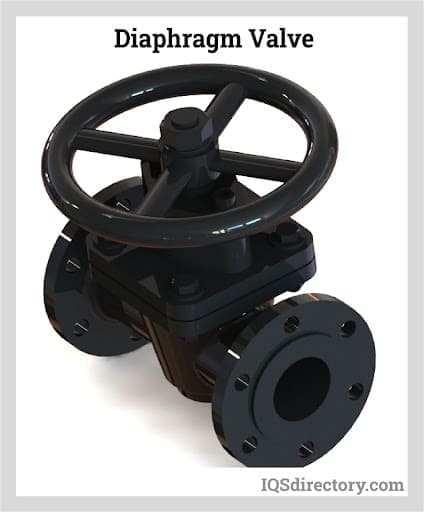
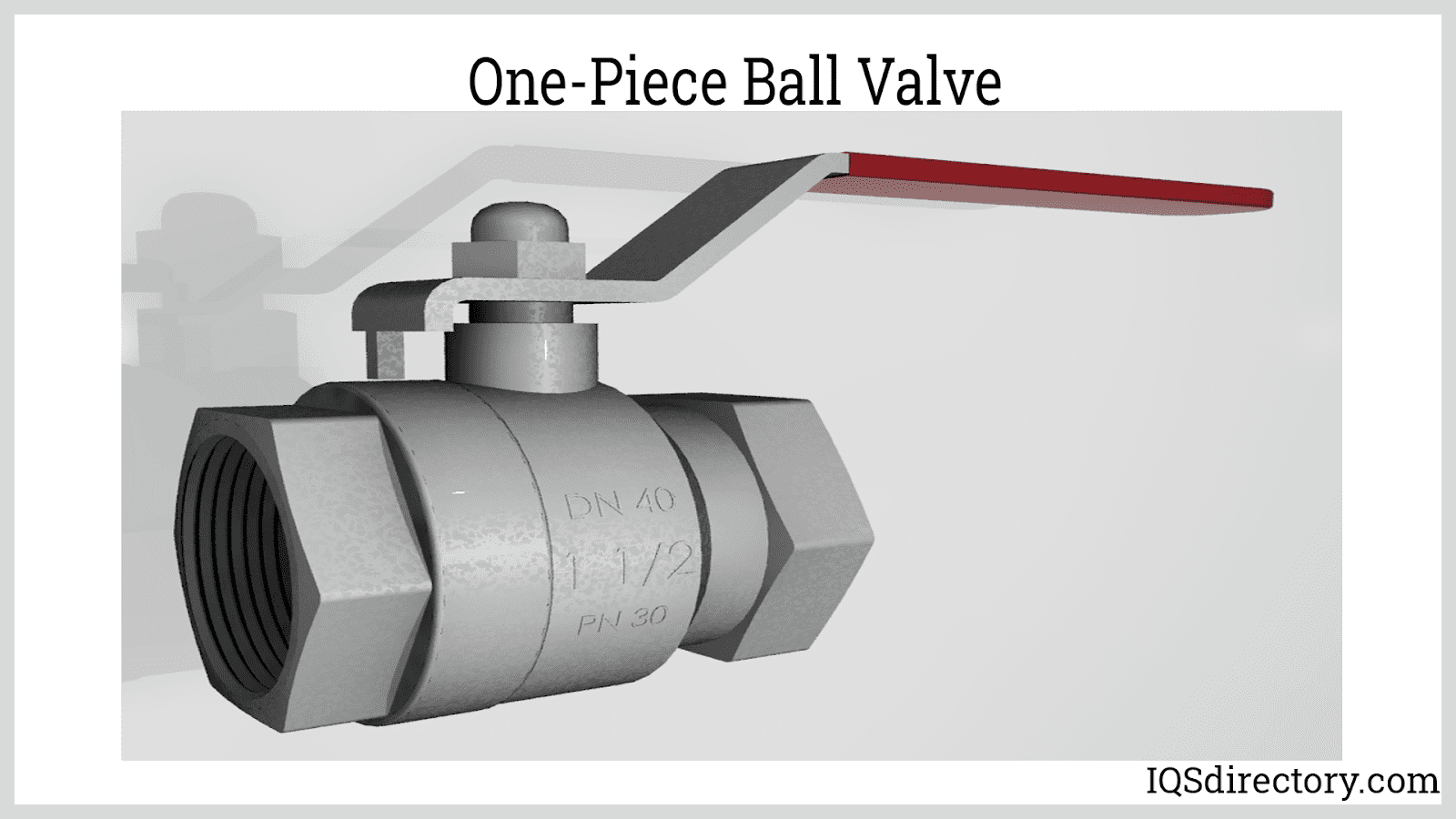
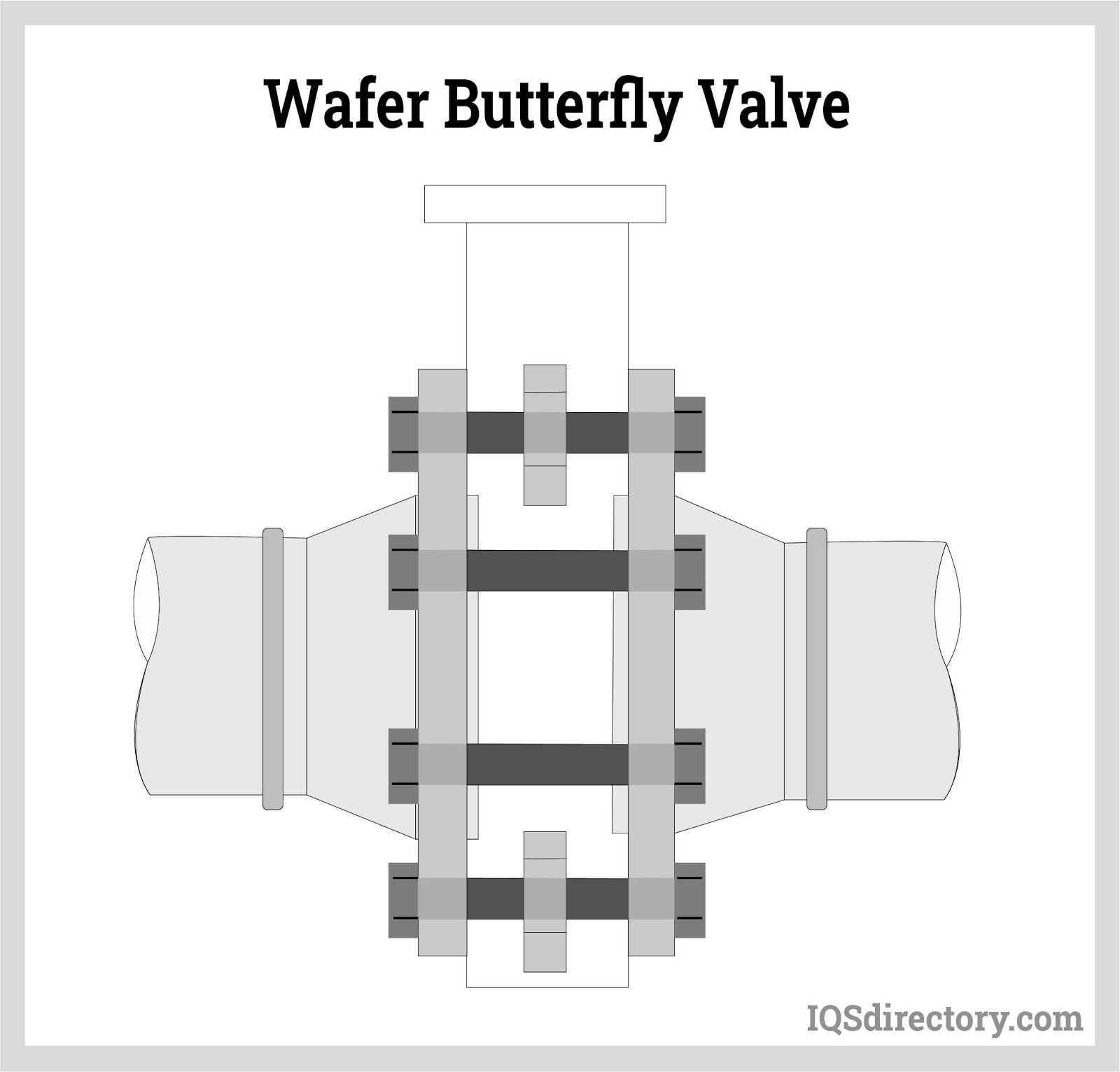
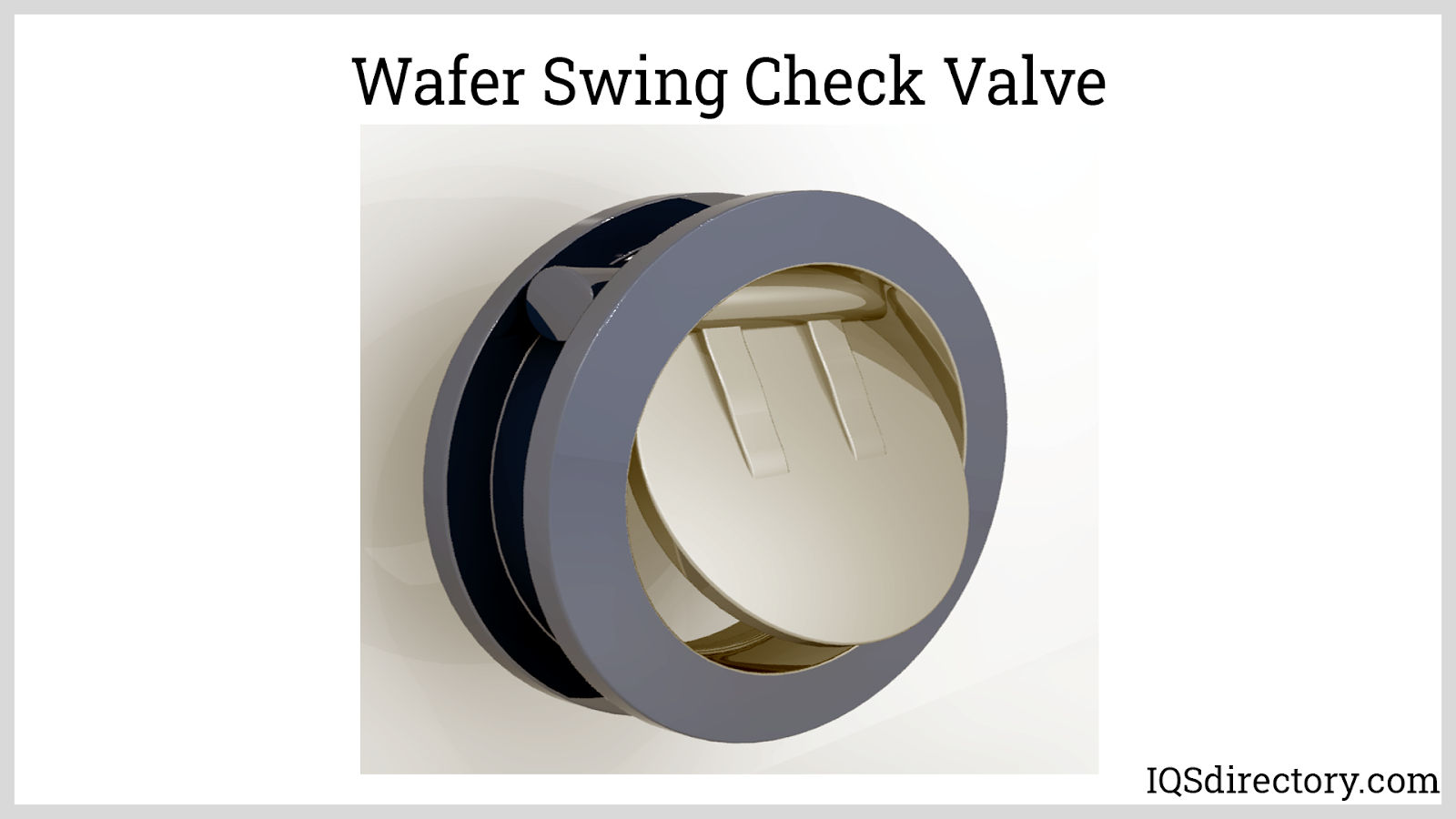
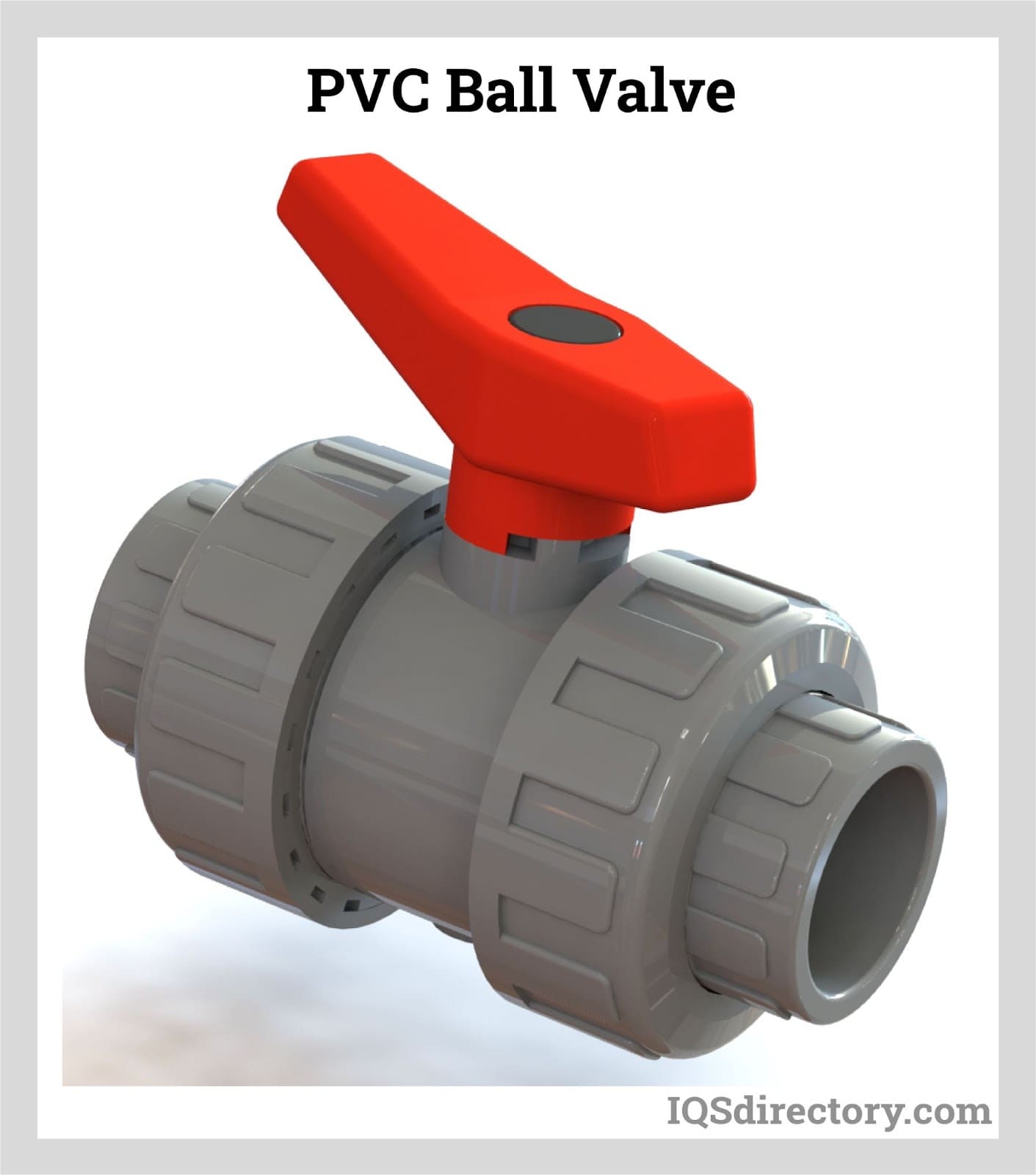
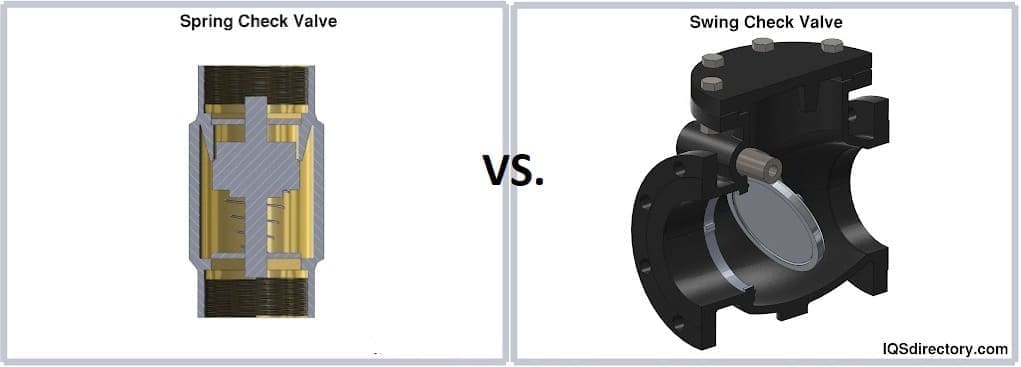
 Ball Valves
Ball Valves Butterfly Valves
Butterfly Valves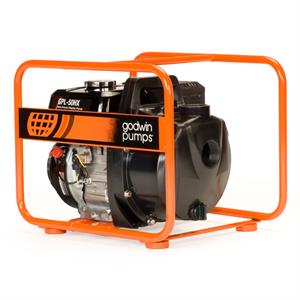 Centrifugal Pumps
Centrifugal Pumps Check Valves
Check Valves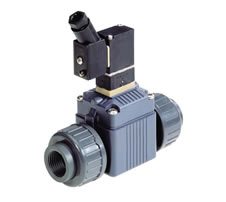 Diaphragm Valves
Diaphragm Valves Flow Meters
Flow Meters Hydraulic Pumps
Hydraulic Pumps Hydraulic Valves
Hydraulic Valves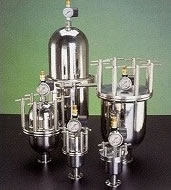 Metering Pumps
Metering Pumps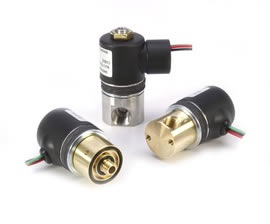 Solenoid Valves
Solenoid Valves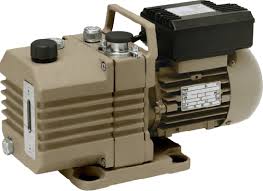 Vacuum Pumps
Vacuum Pumps Castings & Forgings
Castings & Forgings Bulk Material Handling
Bulk Material Handling Electrical & Electronic Components
Electrical & Electronic Components Flow Instrumentation
Flow Instrumentation Hardware
Hardware Material Handling Equipment
Material Handling Equipment Metal Cutting Services
Metal Cutting Services Metal Forming Services
Metal Forming Services Metal Suppliers
Metal Suppliers Motion Control Products
Motion Control Products Plant & Facility Equipment
Plant & Facility Equipment Plant & Facility Supplies
Plant & Facility Supplies Plastic Molding Processes
Plastic Molding Processes Pumps & Valves
Pumps & Valves Recycling Equipment
Recycling Equipment Rubber Products & Services
Rubber Products & Services